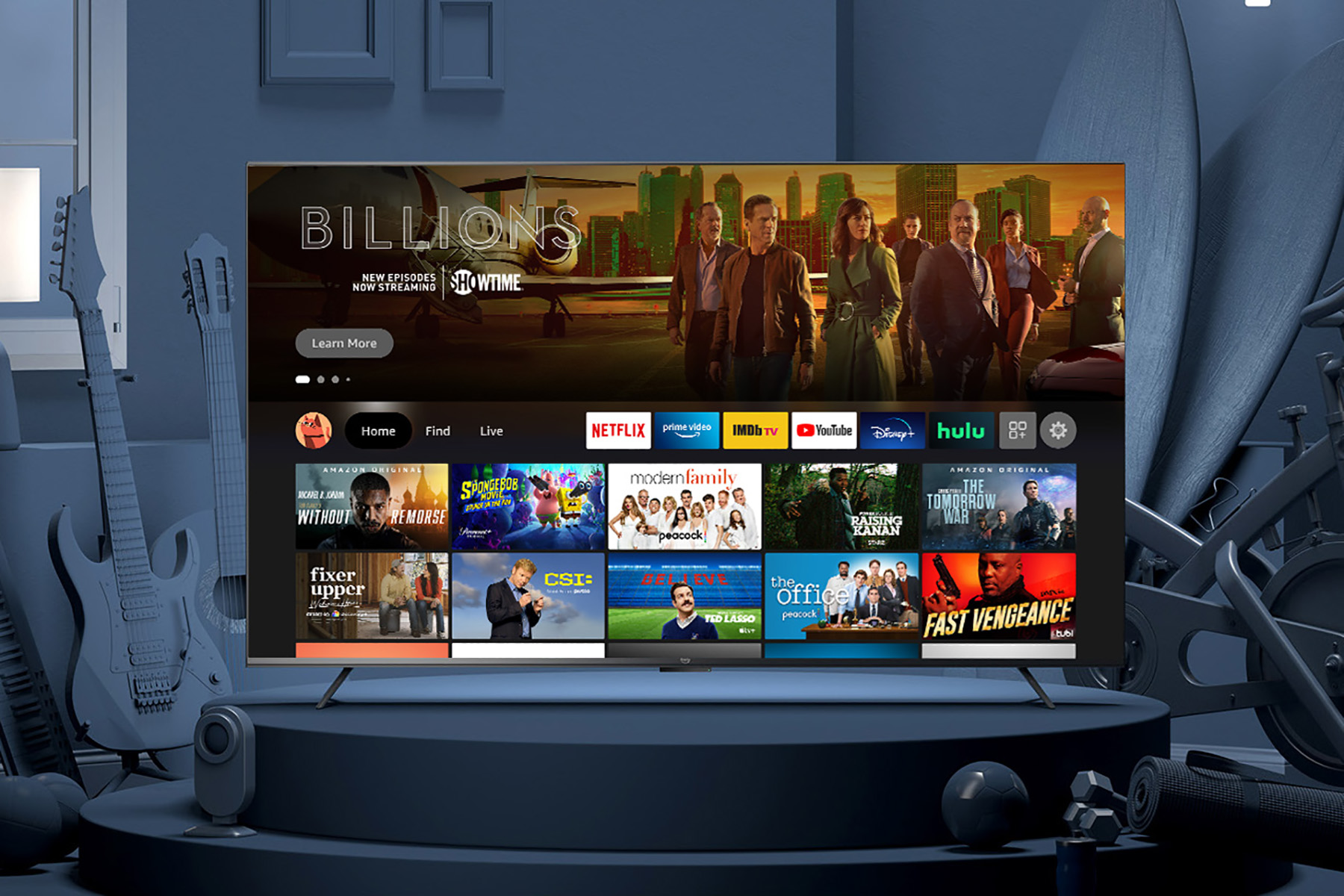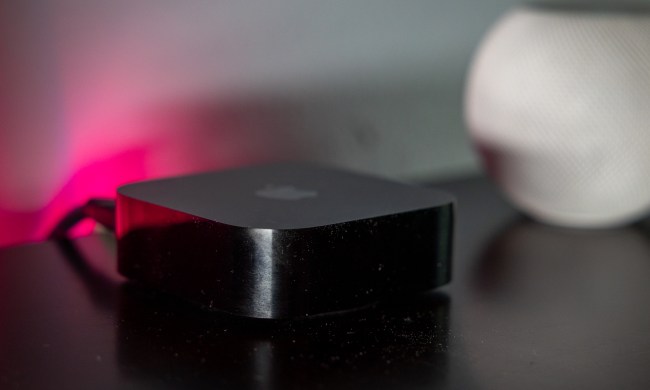The rumors were true. Along with the new Fire TV Stick 4K Max, Amazon today announced the Fire TV Omni Series — the company’s first self-branded smart televisions built by Amazon itself.
The Fire TV logo that’s tucked away into the front bezel isn’t the only thing your current Fire TV Edition set (“Omni Series” definitely is an improvement on the branding front, at least) will be lacking. This new line has microphone arrays built in, so you can control things with your voice without having to first reach for the remote control — just like with the Amazon Fire TV Cube.
The Fire TV Omni Series will be available in late October in 43-, 50-, 55-, 65-, and 75-inch models, all with 4K UHD resolution. They’ll all support HDR10, HLG, and Dolby Digital Plus. The two largest sizes also will support Dolby Vision, as well as sport a more slim bezel.

“We’ve reimagined what a TV can do by building it with two of our most popular experiences at the core — the intelligent always-available power of far-field Alexa, and Fire TV’s content-forward approach to entertainment,” Daniel Rausch, vice president of Amazon Entertainment Devices and Services, said in a press release. “Our new Fire TV Omni Series smart TVs, with hands-free access to Alexa, make controlling your TV faster, simpler, and more natural.”
That’s the company line. The real question we had for Rausch when we talked with him leading up to the launch was this: “Why?” There already are a bunch of Fire TV sets from the likes of Toshiba and Insignia (Best Buy’s in-house brand). And along with this announcement comes another new partner — Pioneer — and even more options from longtime partner Toshiba. Do we really need an Amazon TV with Amazon’s logo on it?
The answer to “Why?” really was devilishly simple. It’s quicker and easier to make your own hardware than to rely on partners, allowing Amazon to more easily build on the platform. And Amazon then can float those iterations downstream, making all the smart TVs that use the Amazon Fire TV OS that much better.
Initially, that means the inclusion of far-field voice tech, which is what lets you yell for Alexa instead of grabbing the remote control first. It also offers an even better smart phone experience, plus a powerful “Live View Picture-in-Picture,” so you can check out any compatible connected camera without having to navigate away from whatever it was you were watching. You can see what lights were left on where. And you can have Alexa help you find something to watch, whether it’s from Amazon Prime Video, Netflix, or some other supported source.
And all this comes in a relatively affordable package. The 43-inch Fire TV Omni launches at $410. The 50-inch model retails for $510, and the 55-incher at $560. The two largest options understandably cost a bit more but are still pretty competitive, with the 65-incher at $830 and the 75-incher at $1,100.
The new Amazon Fire TV 4-Series
Meanwhile, Amazon also is dropping three more Fire TV sets that fall under a new “4-Series” branding (which falls dangerously close to TCL’s Roku TV branding, but that’s a problem for the lawyers). They’re also branded as Amazon sets, but lack the far-field microphones, and the price tags that come along with them. You’ll still get four HDMI ports — one eARC — as well as Ethernet, USB, a headphone jack, optical audio output, and even a built-in IR emitter.
The Amazon Fire TV 4-Series sets come with 4K UHD resolution standard. The lineup weighs in at 43 inches for $370, 50 inches for $470, and 55 inches for $520.
New Fire TV models from Pioneer and Toshiba
As mentioned above, Amazon is sending some of the tech developed for the Omni Series downstream to its partners. Toshiba — a longtime partner with Amazon and Best Buy — will have a four-microphone array built in to a new series of televisions coming by spring 2022. They’ll be available in 55-, 65-, and 75-inch options.
But first we’ll see new Fire TV sets from Pioneer, which will bring 43-inch and 50-inch options to Amazon and Best Buy. The smaller of the two will ship in late September, and the 50-incher in early November in the U.S. and Canada.







